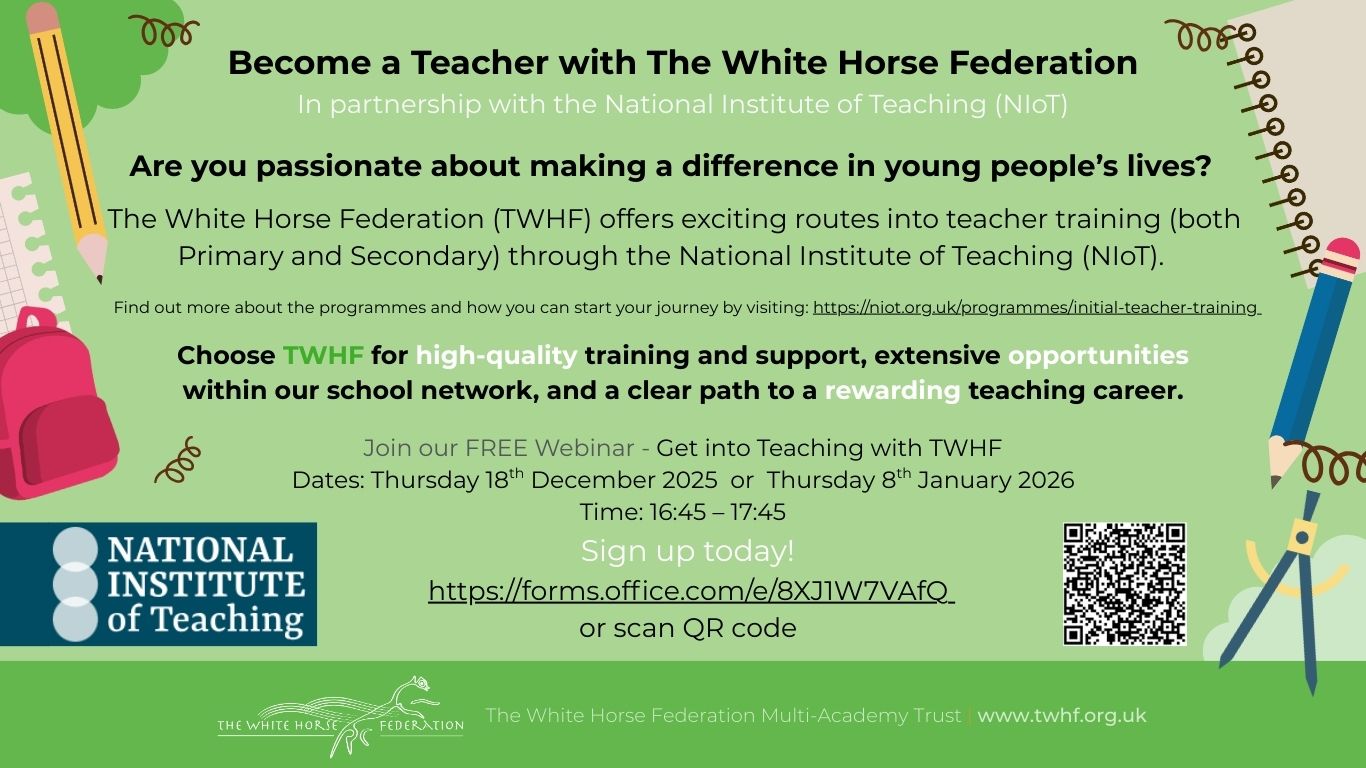Phonics Useful Documents
The scheme that we use to support the teaching of phonics is Rocket Phonics. This scheme links directly to our online reading library, Rising Stars.
In order to give children the best chance of becoming fluent readers within their time at school, we teach them to use synthetic phonics to work out what unknown words are. Your child will be encouraged to learn letter sounds, as well as the sounds of groups of letters, in order to use and apply them to read different words.
Key Vocabulary:
Phoneme - The smallest unit of sound. There are approximately 44 phonemes in English (it depends on different accents). Phonemes can be put together to make words.
Grapheme - A way of writing down a phoneme. Graphemes can be made up from 1 letter e.g. p, 2 letters e.g. sh, 3 letters e.g. tch or 4 letters e.g ough.
GPC - This is short for Grapheme Phoneme Correspondence. Knowing a GPC means being able to match a phoneme to a grapheme (letter to a sound).
Digraph - two letters (graphemes) that makes one sound (phoneme).
Trigraph - three letters (graphemes) that makes one sound (phoneme).
Oral Blending - hearing phonemes and being able to merge them together to make a word. Children need to develop this skill before they will be able to blend written words.
Blending - looking at a written word, looking at each grapheme and using knowledge of GPCs to work out which phoneme each grapheme represents and then merging these phonemes together to make a word. This is the basis of reading.
Oral Segmenting - This is the act hearing a whole word and then splitting it up into the phonemes that make it. Children need to develop this skill before they will be able to segment words to spell them.
Segmenting - This involves hearing a word, splitting it up into the phonemes that make it, using knowledge of GPCs to work out which graphemes represent those phonemes and then writing those graphemes down in the right order. This is the basis of spelling.
